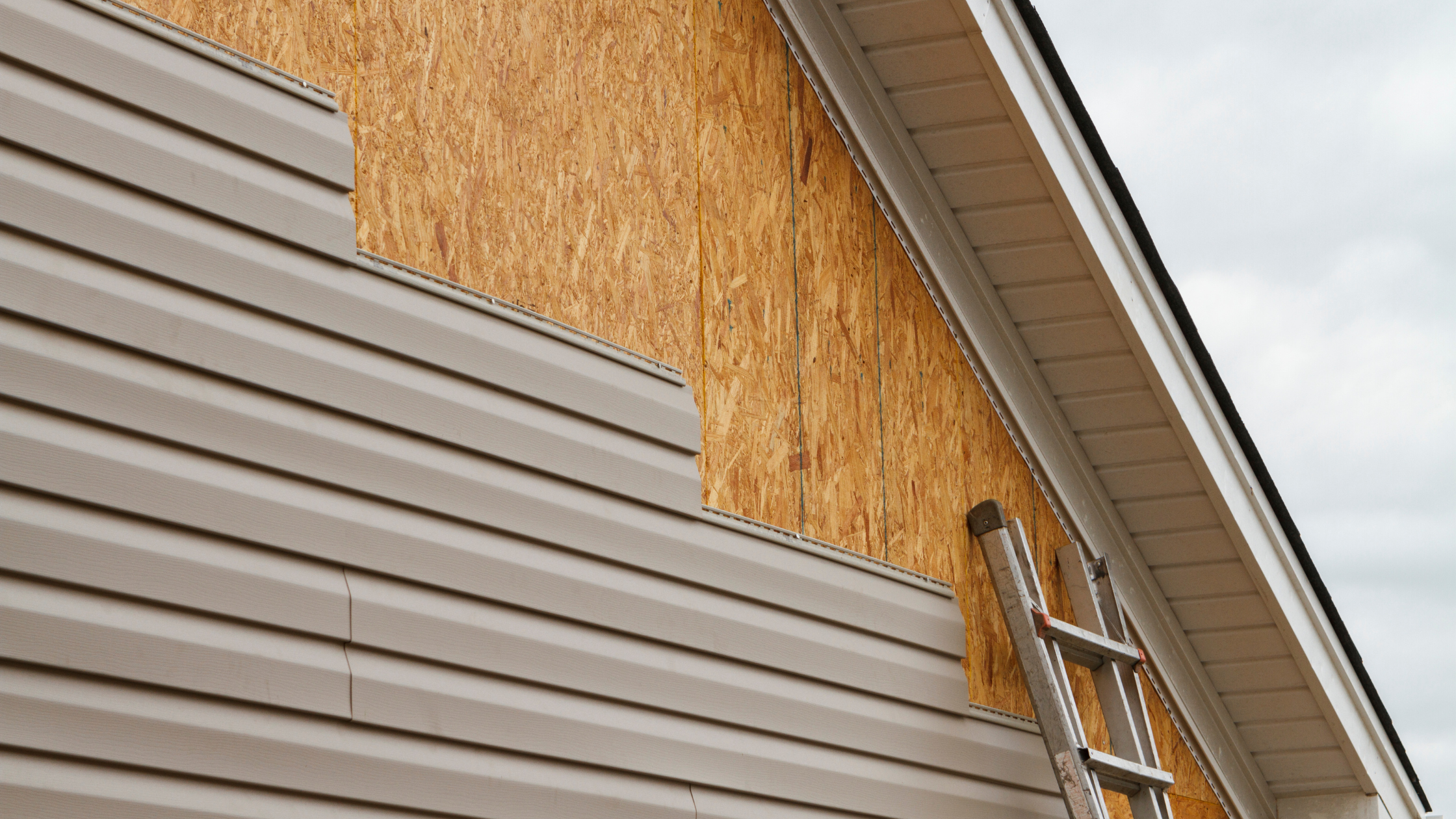As the days lengthen and the sun’s intensity increases, many homeowners turn their attention to outdoor maintenance projects. While summer is typically a prime time for projects like decks and patios, it’s crucial to prioritize siding replacement before the summer heat becomes unbearable. Here’s why:
1. Cooler Installation Conditions
Replacing siding is a physically demanding task, and the last thing you want is to force your contractor to toil under the scorching summer sun and suffer heat exhaustion. By scheduling your siding replacement before the peak of summer, your contractor can enjoy cooler installation conditions. This not only ensures greater comfort for the workers but also allows for more efficient and safer installation practices.
2. Avoid Excessive Heat Exposure
Summer temperatures can soar, turning exterior surfaces into scorching hot zones. Certain siding materials, such as metal, aluminum, or vinyl, can become uncomfortably hot to handle under direct sunlight. This poses challenges for installation and increases the risk of accidents or injuries. By completing the replacement before the summer heat peaks, you can minimize exposure to extreme temperatures and create a safer working environment for contractors.
3. Material Compatibility
Different siding materials react differently to temperature fluctuations, with some becoming more malleable and easier to work with in warmer conditions. While this may seem like an advantage, it can actually be a disadvantage during summer installations. For instance, vinyl siding, which becomes more pliable in the heat, may warp or distort if not handled with care during installation.
4. Prevent Potential Damage
Summer storms are not uncommon, and outdated or damaged siding can leave your home vulnerable to water infiltration and other weather-related damage. By replacing your siding before summer arrives, you can fortify your home’s exterior and protect it against the elements. Whether it’s cracked vinyl, rotting wood, or corroded metal, addressing these issues now can save you from costly repairs and headaches later on.
5. Lower Humidity
Less humidity in the air during the spring months provides a favorable environment for home improvement projects, including siding replacement. With lower moisture levels, materials are less prone to swelling or warping, ensuring a smoother and more precise installation process. Additionally, reduced humidity minimizes the risk of mold or mildew growth, preserving the integrity of your new siding for years to come. Overall, the drier air of spring creates ideal conditions for achieving optimal results in your home renovation endeavors.
Rely on Professional Expertise
When it comes to siding replacement, it’s essential to enlist the expertise of experienced professionals. A reputable siding contractor can help you choose the right materials for your home and ensure proper installation techniques. By investing in quality siding replacement now, you can enhance your home’s curb appeal, energy efficiency, and overall value for years to come. So, as you prepare for the warmer months ahead, consider making siding replacement a priority—it’s a smart investment in the comfort and longevity of your home.


